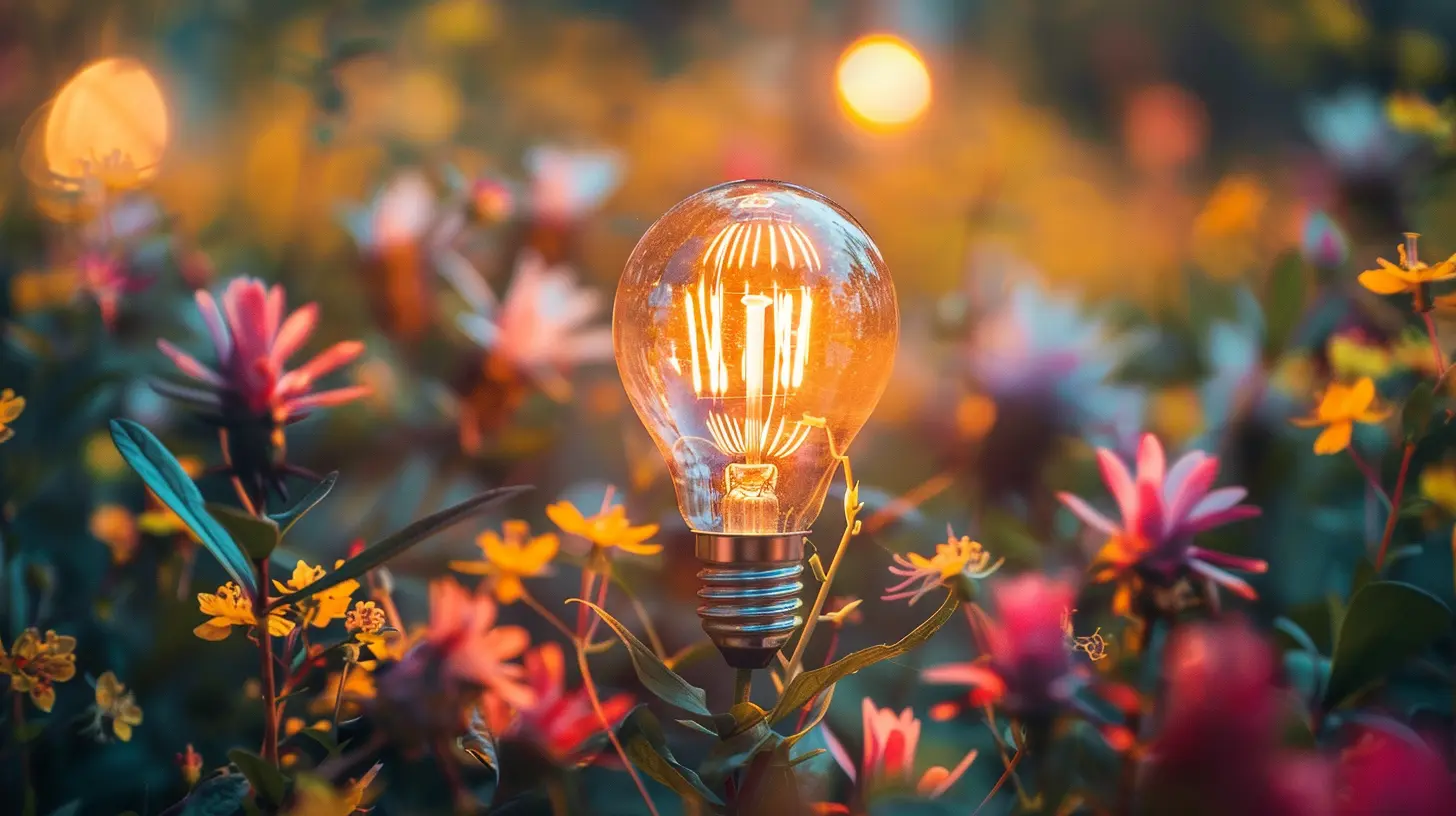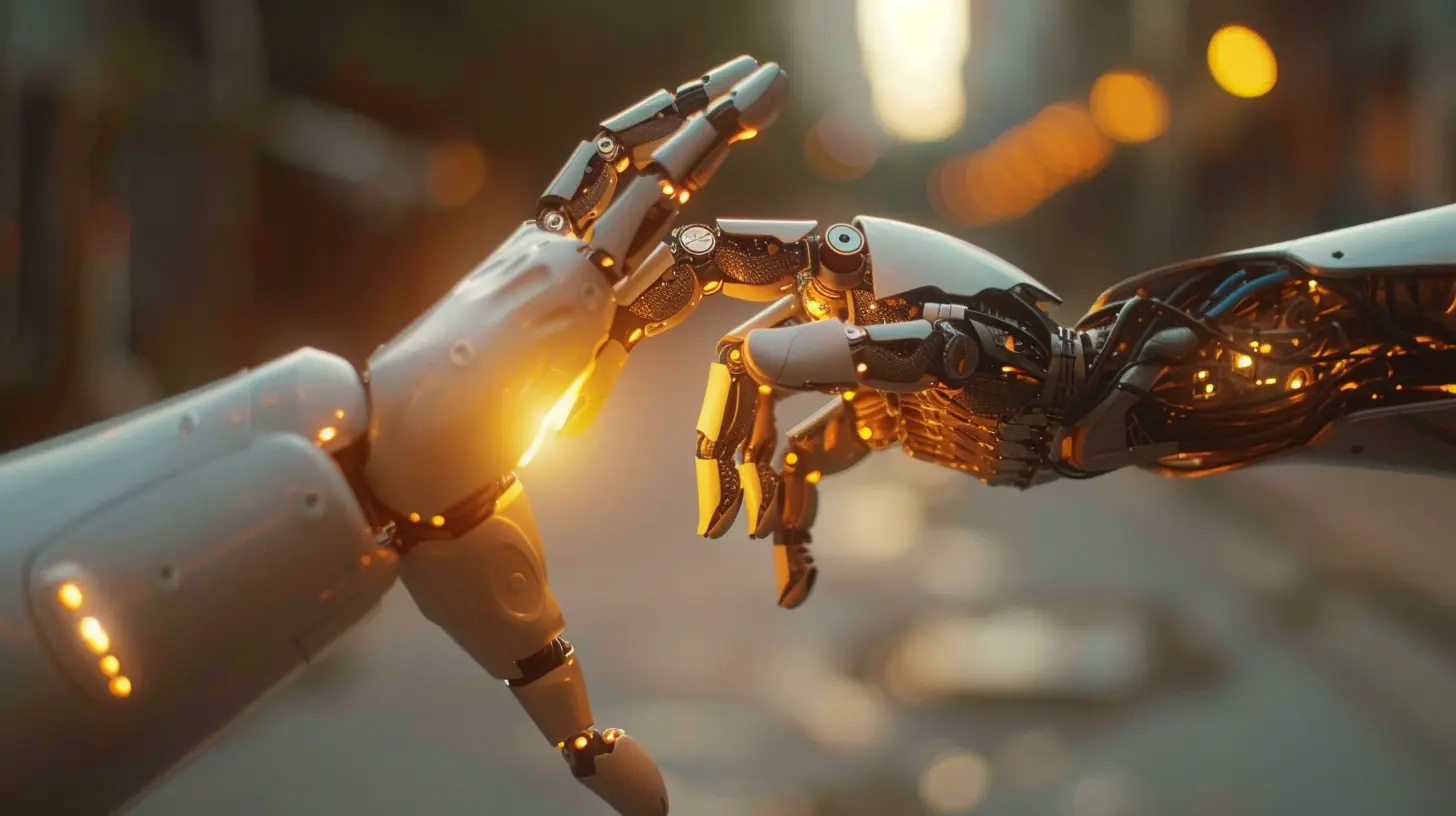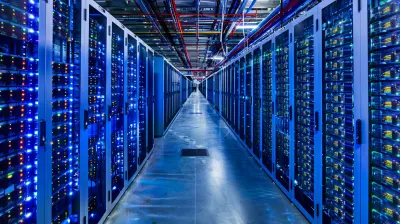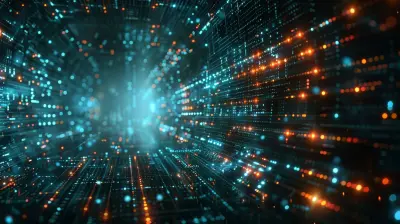The Role of AI in Creating Sustainable Energy Solutions
13 August 2025
Artificial Intelligence (AI) is no longer just a buzzword — it’s a real game-changer, especially when it comes to tackling one of the biggest challenges of our time: sustainable energy. Our planet isn’t running out of energy, but we’re definitely using it the wrong way. Fossil fuels? Yeah, we’ve got to move past that. But creating clean, reliable, and affordable energy solutions isn't exactly a walk in the park either.
Enter AI.
AI is stepping into the energy game with powerful tools that can help us reduce waste, improve efficiency, and transition faster to renewable sources. And it’s doing this without needing a coffee break. So, let’s dive into how AI is shaking up the energy industry and pushing us towards a greener future.
Why Does Sustainable Energy Even Matter?
Before we get into the techy bits, let’s just take a second and talk about why we need sustainable energy in the first place.The Earth is heating up. Fossil fuels like coal, oil, and natural gas are major culprits behind greenhouse gas emissions. And we’re burning through them way faster than the planet can handle. If we don’t clean up our act, we’re looking at more extreme weather, rising sea levels, and a planet that’s honestly not very livable.
Sustainable energy — think solar, wind, hydro, and other renewables — offers a way out. These energy sources are clean, don’t run out anytime soon, and don’t mess up the environment (at least not on the same scale as fossil fuels). The catch? They’re complex and a bit unpredictable. That’s where AI comes to play ball.
The Intersection of AI and Sustainable Energy
AI isn’t just a robot with a monotone voice anymore. It’s a collection of algorithms and models that can recognize patterns, learn from data, and make smart decisions — all at lightning speed. And in the chaotic world of energy production and consumption, that’s a superpower.Here’s how AI and sustainable energy are becoming best friends.
1. Predicting Energy Demand Like a Fortune Teller
So, energy demand fluctuates like crazy. It changes with the weather, time of day, season, and even your favorite football game. If you get it wrong, you either waste energy or fall short of supply — neither is good.AI solves this with predictive analytics. By crunching historical data, weather forecasts, consumption patterns, and a bunch of other variables, AI can forecast energy demand with shocking accuracy. Think of it like your weather app — but instead of telling you to carry an umbrella, it tells power grids how much juice they’ll need.
This helps in balancing supply and demand, reducing energy waste, and keeping the lights on — even when everybody and their dog turns on the AC at the same time.
2. Managing Smart Grids: The Brain Behind the Wires
Imagine the energy grid as a vast spiderweb connecting power plants, wind turbines, solar panels, batteries, and your toaster. Managing this web is tough. Traditionally, grids were “dumb” — they could only react when something happened.Smart grids, powered by AI, are proactive. They analyze data in real-time, identify potential issues before they become problems, route energy more efficiently, and even isolate outages faster.
AI adds the intelligence that makes smart grids truly smart. It ensures we use renewable energy when it’s available and shuffle power around when it's limited. It’s like giving the grid a brain, and trust me, it needed one.
3. Optimizing Renewable Energy Systems
Let’s be real — solar and wind are amazing, but they can also be moody. Solar panels don’t work at night, and wind turbines are useless on a still day.AI helps smooth out these kinks. It can forecast sunlight and wind speeds with high precision, allowing grid operators to plan better. It can also optimize the angle of solar panels, track sun path changes, and even decide when to clean the panels for maximum efficiency.
On wind farms, AI can tweak turbine blades for better aerodynamics. It’s like having a pit crew working around the clock to fine-tune every little aspect of energy production.
4. Battery Storage Management: Saving Energy for a Rainy Day
Renewables produce a lot of energy — sometimes more than we can use. But if we don’t store it, it’s wasted.That’s why energy storage systems (like big batteries) are crucial. But here’s the plot twist: managing these batteries efficiently isn’t simple.
AI helps here too. It decides when to charge or discharge batteries, based on demand forecasts and renewable availability. It also ensures the batteries last longer by using them wisely. It's kind of like managing your phone battery — only on a massive scale.
5. Smart Buildings and Cities
Have you ever left the house and forgot to turn off the lights? We’ve all been there. Now imagine that happening across an entire city. That’s a lot of wasted energy.AI-powered smart buildings can automatically adjust lighting, heating, and cooling based on occupancy and weather. AI anticipates human behavior and fine-tunes energy use in real-time. It even integrates with IoT devices to create a cohesive, energy-efficient environment.
Now apply this logic to entire smart cities. We’re talking traffic lights, public transportation, street lamps — all optimized using AI to conserve energy and reduce emissions. Crazy, right?
6. Detecting Faults and Maintenance Needs
Equipment breaks down — it’s just a fact of life. But waiting for something to break before fixing it? That’s old school.AI uses predictive maintenance to monitor energy infrastructure — from turbines to transmission lines. It spots irregularities and predicts when something’s likely to fail. That way, teams can fix it before it causes chaos.
It’s like going to the doctor for a check-up because your smartwatch noticed something off — way better than waiting for a heart attack.
Real-World Examples: AI Already in Action
This isn’t some futuristic sci-fi talk. AI is already rolling up its sleeves and getting to work in the energy sector.- Google DeepMind & Wind Energy: Google used DeepMind’s AI to boost wind energy output by predicting wind patterns and scheduling energy delivery more effectively, increasing value by about 20%.
- Tesla’s Virtual Power Plant: Tesla is using AI to manage thousands of home battery systems in places like Australia, creating decentralized energy networks that support the larger grid.
- Siemens & Smart Grids: Siemens uses AI to optimize electricity distribution across smart grids, reducing transmission losses and ensuring smoother operation.
- National Grid UK: They’re using machine learning to balance energy supply with demand, particularly as more renewables come online.
See? This stuff is happening — right now.
Challenges AI Faces in the Energy Sector
Alright, let’s not get too carried away. As powerful as AI is, it's not a magic wand. There are some serious challenges we need to face:- Data Quality: AI thrives on data. But if the data is messy, incomplete, or biased, the outcomes aren't pretty. Garbage in, garbage out.
- Cybersecurity Risks: More connected systems mean more points for hackers to exploit. AI itself can be targeted too.
- High Initial Costs: Setting up AI systems isn’t cheap. It requires investment in infrastructure, software, and training.
- Ethical & Regulatory Issues: Relying too much on AI could mean job losses or decisions being made without human oversight. Not everyone’s cool with that.
So yes, AI is awesome — but it definitely needs to be managed wisely and responsibly.
The Future of AI in Sustainable Energy
Looking forward, AI is only going to become more essential in our clean energy transition. As energy systems become more complex, we’re going to need something smarter and faster than humans to stay in control.Expect to see:
- Better and more integrated smart grids
- AI-driven microgrids in remote areas
- AI teaming up with blockchain for energy trading
- Improved models to manage the entire energy ecosystem — from generation to consumption
The world doesn’t just need cleaner energy. It needs smarter energy. And AI is the tech that’s making it all happen.
Wrapping It Up
AI is playing a massive role in crafting sustainable energy solutions. It's like the invisible hand behind the scenes — optimizing, predicting, managing, and fixing things faster than any human ever could. Whether it's making wind farms more efficient, balancing power grids, or preventing outages before they happen, AI is helping us move toward a greener, more sustainable future.Of course, it’s not without its challenges. But with the right mix of innovation, investment, and ethical oversight, AI can supercharge our journey to an energy system that finally makes sense for the planet.
So, the next time you hear someone say “AI is just hype,” tell them it’s already changing the way we power the world — and it's just getting started.
all images in this post were generated using AI tools
Category:
Tech NewsAuthor:

Gabriel Sullivan
Discussion
rate this article
1 comments
Lincoln Gibson
Who knew our trusty AI could be the superhero in the battle for a greener planet? With its brainy algorithms and eco-friendly flair, it’s not just crunching data; it’s crunching carbon! Let’s give a round of applause to tech’s newest eco-warrior!" 🌍🤖💚
August 24, 2025 at 11:22 AM

Gabriel Sullivan
Thank you! AI truly has the potential to revolutionize sustainable energy solutions and drive us towards a greener future. 🌱


